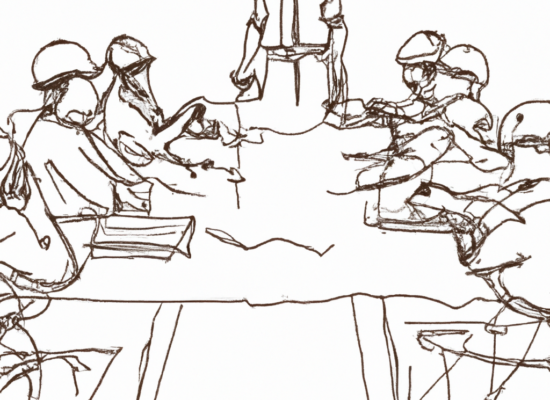Understanding Construction Payment Basics
Construction Payments are critical aspects of any construction project, as it ensures that the contractor is paid for their work in a timely and efficient manner. In this article, we will discuss the various types of payments, including initial, monthly, intermediate, and final payments, as well as acceptable storage, retainage, and reasons for holding back payments. We will also discuss third-party claims, damages to the owner or separate contractor, and the requirements for contractor documentation for payment, punchlist, and more.
Types of Payments
When it comes to construction payments, there are several types to be aware of. These include initial payments, which are made at the start of the project, monthly payments, which are made on a regular basis throughout the project, intermediate payments, which are made at specific points during the project, and final payments, which are made once the project is completed.
Acceptable Storage and Retainage
When it comes to storage and retainage, it’s important to understand what is considered acceptable. Acceptable storage refers to the materials and equipment that are stored on the construction site, while retainage refers to the amount of money that is held back from each payment until the project is completed. This is typically around 10% or whatever has been agreed upon. It’s important to note that public projects will usually require the use of “prevailing wages,” which refers to proof of payroll records.
Third-Party Claims
Third-party claims refer to any claims made by a party that is not involved in the construction contract. These can include claims for damages, delays, or other issues that may arise during the construction process. It’s important to be aware of the possibility of third-party claims, as they can have a significant impact on the project and the payment process.
Damages to the Owner or Separate Contractor
In some cases, damages may occur during the construction process that can affect the owner or separate contractor. These can include physical damages to the property, delays in the construction process, or other issues that may arise. It’s important to be aware of the potential for damages and to have a plan in place to address them if they do occur.
Requirements for Contractor Documentation
When it comes to construction payments, there are certain documentation requirements that contractors must meet. These can include submitting a notarized application to the architect at least 10 days prior to the payment date established in the owner-contractor agreement, as well as submitting a final application for payment and notifying the architect that the work is ready for final inspection. The contractor must also submit a G706 Affidavit stating that payrolls, materials, and debts have been paid, a certificate showing that the required insurance will remain in effect for the agreed-upon duration, and a written statement that the contractor is unaware of any reason an insurance company would not renew its coverage.
AIA Contract Forms
There are several AIA contract forms that are relevant to construction payments and punchlist. These include the AIA G707, which is the contest of surety for final payment, and the AIA A201, which is the General Conditions of the Contract for Construction. It’s important to be familiar with these forms and to understand how they relate to the construction payment process.
Architect’s Role
The architect plays a critical role in the construction payments process. They receive, review, and approve payments to the contractor. However, it’s important to note that a payment does not necessarily mean that the work is in conformance with the contract. The architect may also withhold a payment if they believe that the work is not up to standard or if they have other concerns.
Final Thoughts on Construction Payments
Construction payments are an essential aspect of any construction project. They ensure that the contractor is paid for their work in a timely and efficient manner. Understanding the various types of payments, including initial, monthly, intermediate, and final payments, as well as acceptable storage, retainage, and reasons for holding back payments, is important for both the contractor and the owner. Additionally, it’s important to be aware of the possibility of third-party claims, damages to the owner or separate contractor, and the requirements for contractor documentation for payment, punchlist, and more. Familiarity with AIA contract forms, such as the AIA G707 and the AIA A201, can also be beneficial in understanding the construction payment process. The architect plays a critical role in the construction payment process by receiving, reviewing, and approving payments to the contractor, but it’s important to note that a payment does not necessarily mean that the work is in conformance with the contract. Overall, construction payments are a complex and multifaceted process that requires careful attention and understanding in order to ensure that the project is completed successfully.




